Does Honey Go Bad?
Are you one of the people for whom it takes forever to finish a jar of honey? I know I am. Every time I buy a big ol’ jar of honey, I know it will sit in the cabinet for at least a few years.
Some time ago, the question: “does honey go bad?” came up, and I decided to do some research.
Naturally, when you store any food product for long enough, you start to think about its shelf life and when it will spoil. The same thing goes for honey.
If you’d like to learn a bit more about storage, shelf life, and crystallization of honey, read on.
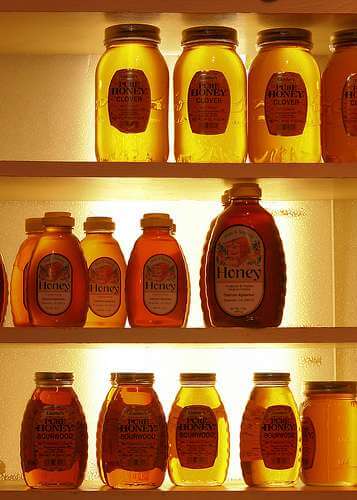
How To Store Honey
When it comes to storage, honey is similar to other liquid sweeteners, like maple syrup, molasses, or agave nectar. That means you should keep it in a tightly closed jar in a dark place.
Room temperature is perfectly fine, so a kitchen cabinet is the best choice. A cupboard in the pantry will work too, but the honey will crystallize faster. The same thing happens in the fridge.
In short, temperatures lower than room temperature don’t affect the quality of this sweetener but have an impact on when it’s going to crystallize.
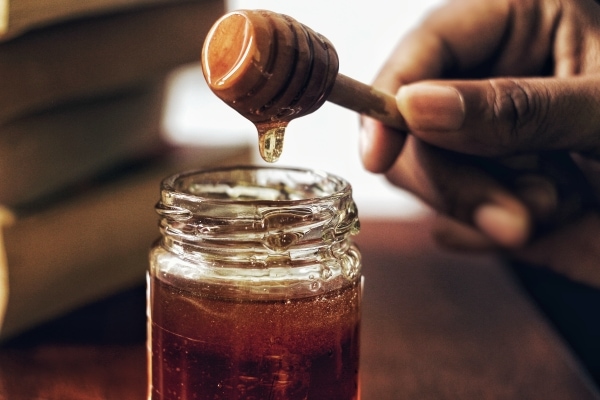
How Long Does Honey Last
Honey has a practically indefinite shelf life, provided it’s stored properly. If your jar comes with a best-by date, that date is most likely there only for legal reasons. The honey will stay perfectly fine for years to come. Unless it’s a heavily processed honey, in which case its quality can start to deteriorate slowly over time.
| Room temperature | |
|---|---|
| Honey (unopened or opened) | Stays fine indefinitely |
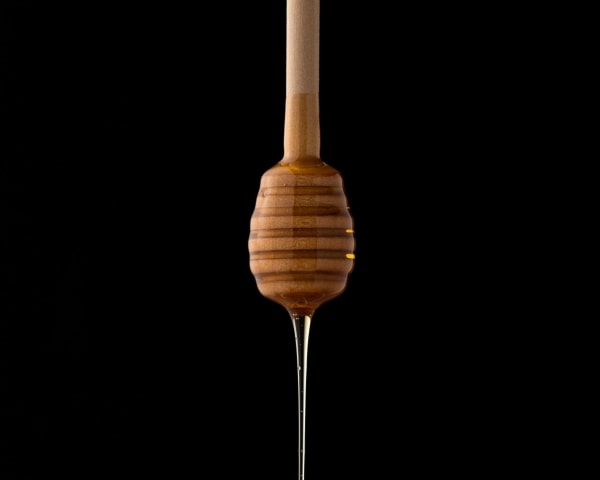
Does Honey Go Bad?
The most important piece of information here is that crystallized honey isn’t spoiled by any means. It’s normal for it to crystallize over time. The time it takes depends on the variety of honey and the temperature at which you store it. Raw natural honey tends to crystallize faster than the commercial one. Furthermore, the cheap, heavily processed honey takes forever to crystallize, so the fact that yours did is a good thing.
Now let’s touch upon spoilage of honey. Honey consists mostly of sugar, which is hygroscopic. That means that it absorbs water from the environment. Typically honey contains about 18% of water, and any kind of yeast or bacteria cannot survive in such a place.
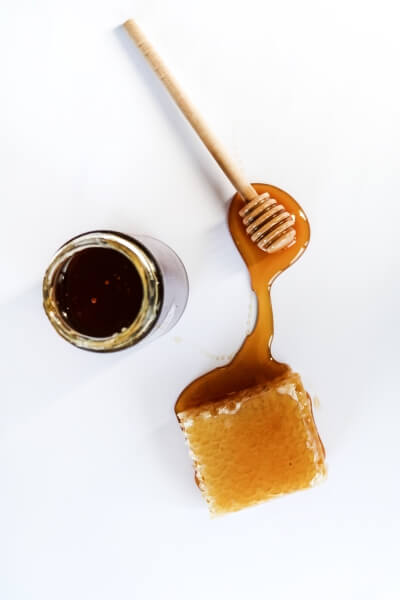
When the percentage of water in honey rises (that happens when the honey absorbs enough water from its environment), some yeasts become able to live in there. If they develop in honey, they produce alcohol and the honey ferments.
You can easily tell if there’s something wrong with the honey when you taste it. If the taste doesn’t resemble typical, natural honey taste, it has gone bad.
Once again, this situation is extremely uncommon, but to give you all the information you need, you should know that technically it is possible.
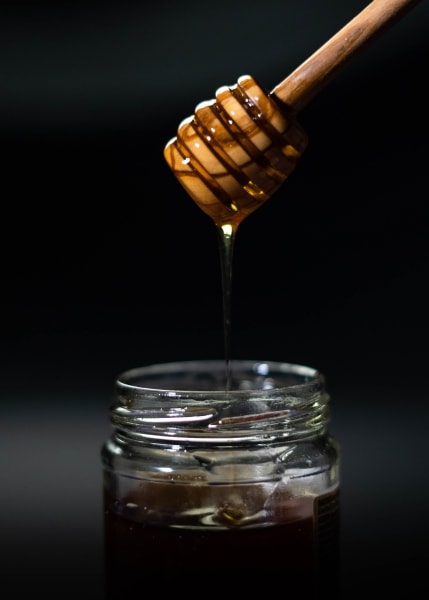
Honey FAQ
What To Do When Honey Crystallizes?
Liquifying honey is not that difficult. There are a couple of ways you can do this:
- Place the opened jar in warm (not boiling) water and stir it.
- Microwave the jar in short intervals (15-30 seconds) and stir after each session.
- Scoop as much honey as you need with a spoon into a glass bowl. Put that glass bowl in warm (not boiling) water. This method is much faster than liquifying the whole jar, but also involves a bit more cleanup. I usually use this method when I’m preparing honey for my baking projects.
Of course, the honey will crystallize again.
Reviving honey a few times might contribute to loss of taste and change of color. Because of that, it’s probably best to liquify only as much honey as you need at a time.
Rotten Records: Share Your Snap!
Caught some food past its prime? Upload your photo to “Rotten Records” and help others spot the signs of spoilage. Every image makes our food community safer and more informed!
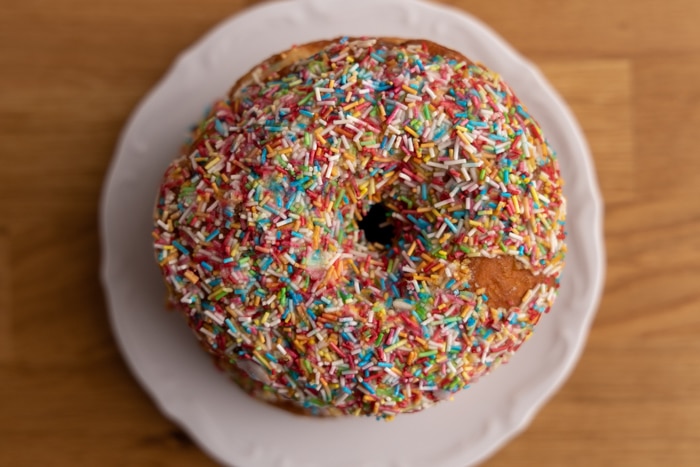
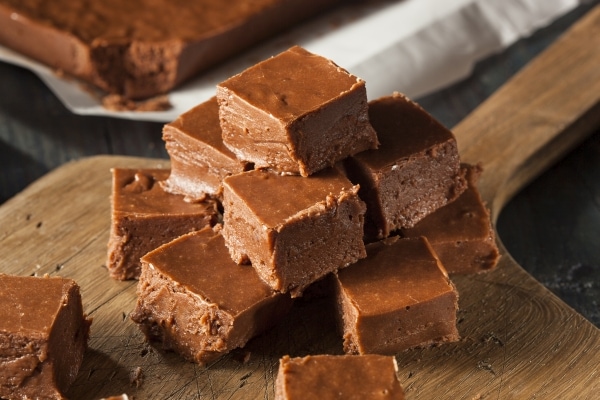
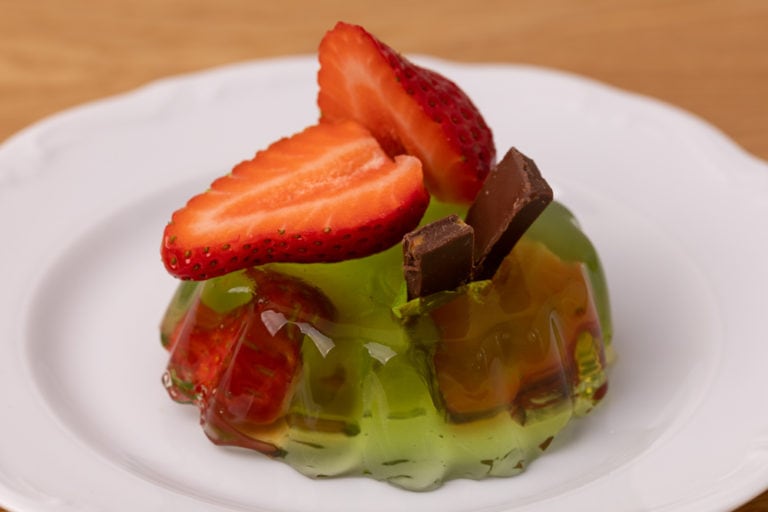
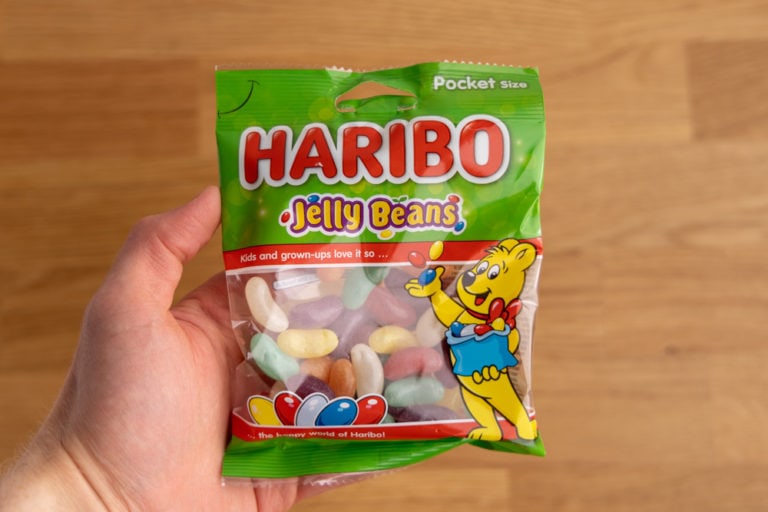
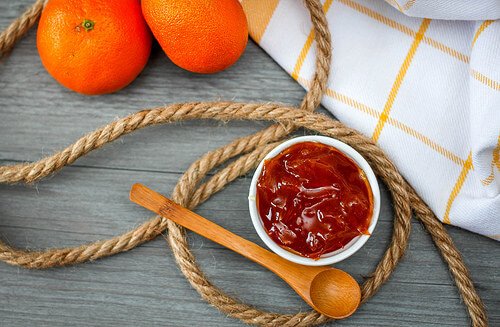
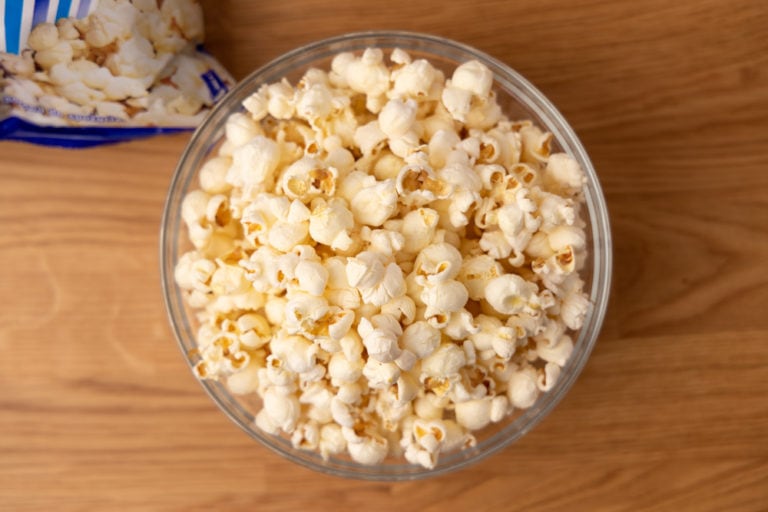
Archeologists have found honey in ancient Egyptian tombs that is still preserved:
http://blogs.smithsonianmag.com/science/2013/08/the-science-behind-honeys-eternal-shelf-life/